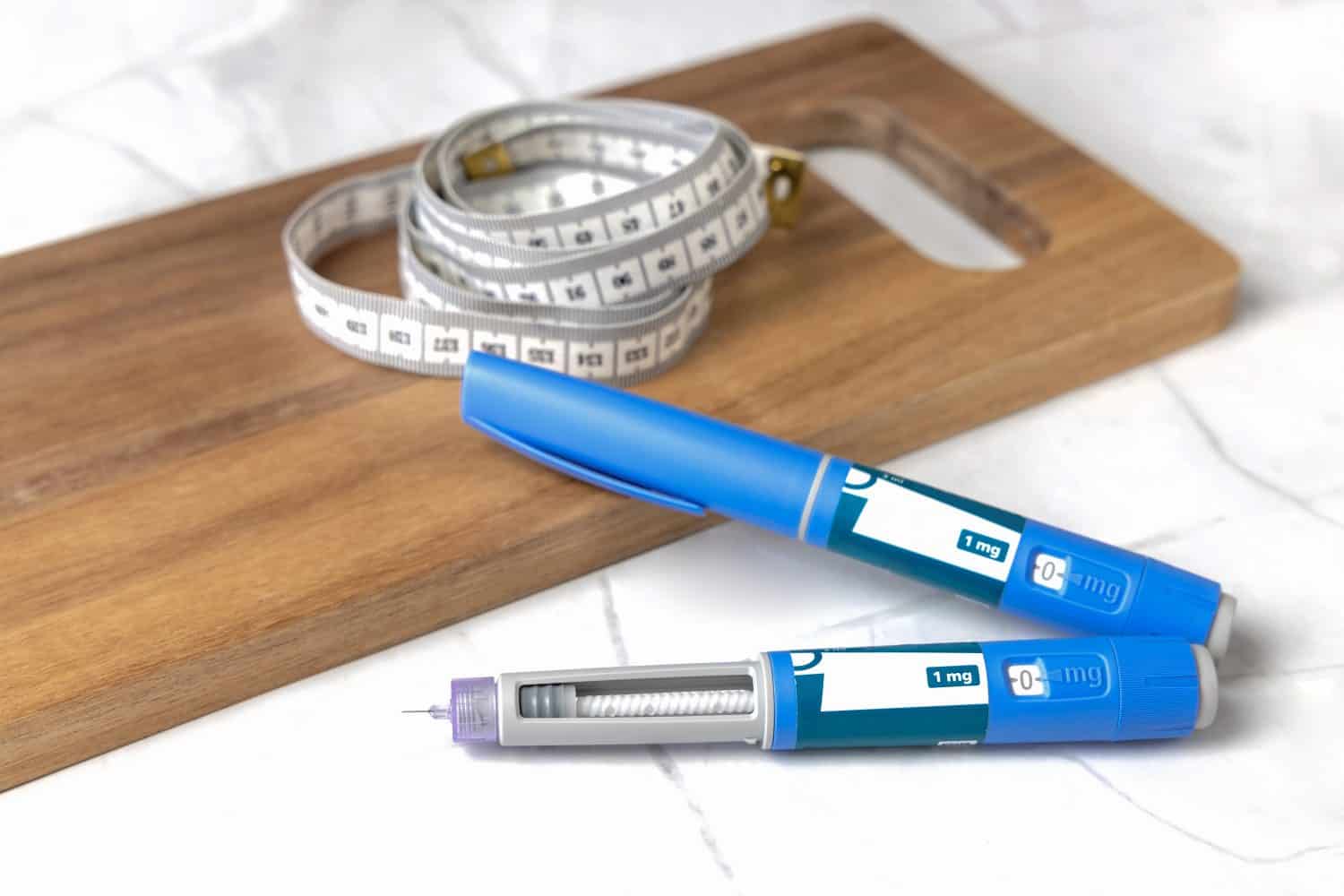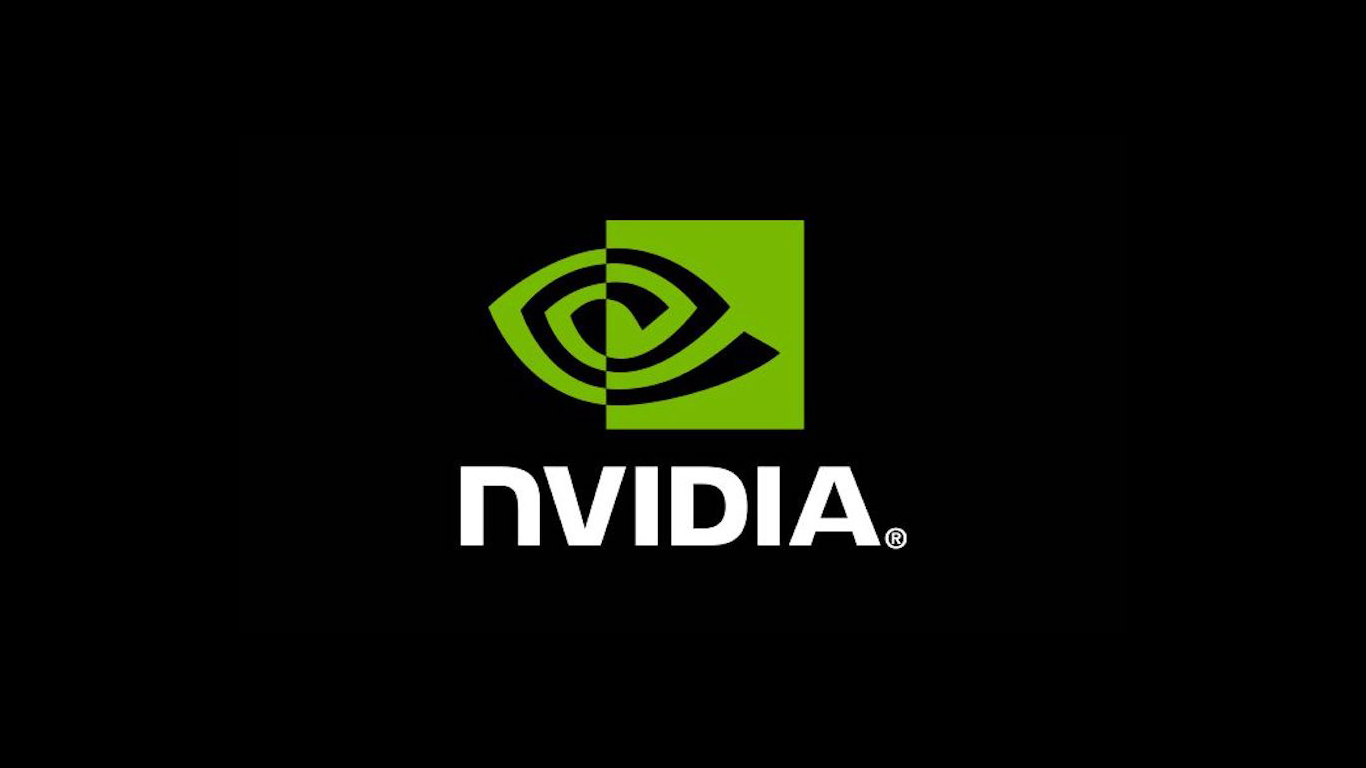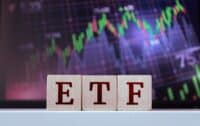
Shares of Hims & Hers Health (NASDAQ:HIMS) continued to meltdown Tuesday in noontime trading after the direct-to-consumer healthcare platform said it couldn’t guarantee it would be able to continue selling its knockoff versions of weight-loss drugs Ozempic and Wegovy.
Despite reporting strong fourth-quarter and full-year 2024 results, an announcement last week by the Food & Drug Administration that the shortage in semaglutide was resolved was a death knell for the healthcare stock.
Hims & Hers Health (HIMS) continues to get crushed by the shortage of semaglutide getting resolved, which jeopardizes the direct-to-consumer healthcare platform’s growth trajectory. HIMS stock was plunging 28% in noontime trading after the company said it would likely be unable to sell some of its GLP-1 weight-loss drugs. Nvidia made early investors rich, but there is a new class of ‘Next Nvidia Stocks’ that could be even better. Click here to learn more.
24/7 Wall St. Insights:
Compounding problems
Hims & Hers saw revenue spike when it began selling at dramatically discounted prices compounded versions of the weight-loss drugs made by Novo Nordisk (NYSE:NVO). Compounding pharmacies produce cheaper, unapproved versions of a drug that has not undergone the same rigorous testing the branded versions do. However, the FDA allows them to be sold during periods of shortage.
The regulatory agency’s declaration that the shortage was over meant that Novo Nordisk had sufficient supply to meet current and future demand, which also ended the window of opportunity to sell the compounded versions. The FDA gave compounding pharmacies 60 to 90 days to sell out their supply.
It means this important growth driver for Hims & Hers was ending, which sent HIMS stock careening 28% lower. Shares have been cut in half from the all-time high hit just last week.
It’s not no hope
Hims & Hers did leave open there was still a pathway available to sell the semaglutide compound. The FDA allows compound sales in two instances: during a shortage and when dosages are personalized beyond the standard dosages commercially available.
During its earnings conference call yesterday, management said that because patients have had reactions to the standardized dosages, it made its personalized offerings still viable.
However, it was still having trouble obtaining sufficient quantities to meet its customers demands so that the growth potential was not the same.
Hims & Hers also said that later this year it would begin offering liraglutide, a GLP-1 therapy sold under the brand Victoza by Novo Nordisk. Despite indicating it could see healthy growth in this business, liraglutide is a once-a-day injection whereas semaglutide was once-a-week.
While acknowledging the weekly injection is a suboptimal dosage, particularly in relation to potential pill formulations, it means the daily shots could be even tough. It also suggests expenses would increase because of the need for more needles and other components due to the greater number of injections required.
The outlook is gloomy
Hims & Hers still derives most of its revenue from non-GLP-1 products and it saw robust growth from them last year. Sales were up 43% to $1.2 billion in 2024. The healthcare platform was also able to grow the number of customers on its personalized subscriber rolls 45% to 2.2 million in the fourth quarter with more than half subscribing to more than one personalized solution.
Still, it is inescapable that Hims & Hers growth was seen in the market as coming from its GLP-1 offerings. The drugs, called glucagon-like peptide-1, control blood sugar levels and are used to treat diabetics. They were found to have the side benefit of causing weight loss in the obese. Formulations specifically targeted to that market were subsequently developed.
The shortage resolution was always hanging over HIMS stock, and now that it is here, the market is resetting its expectations for the company. There is still a lot of room for further revaluation, indicating investors should remain on the sidelines.
Thank you for reading! Have some feedback for us?
Contact the 24/7 Wall St. editorial team.





